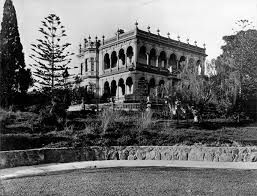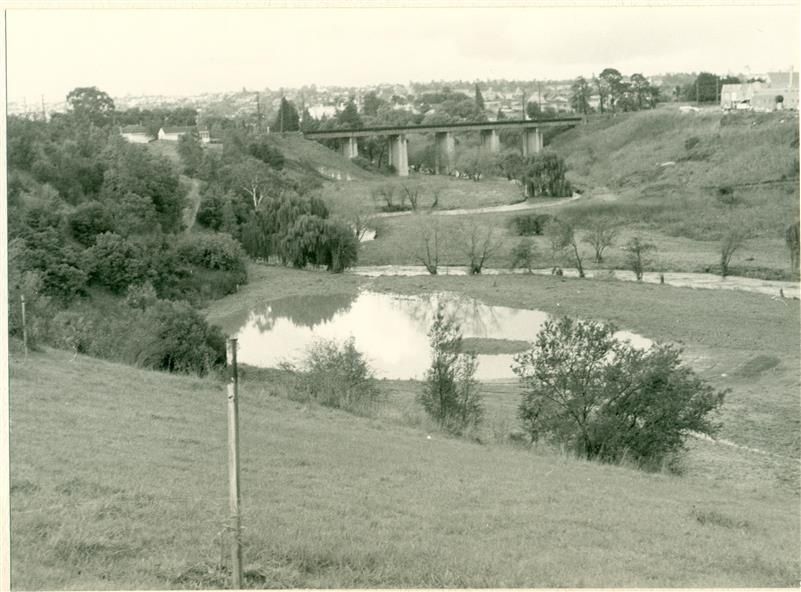Manorial Living - Heidelberg District In Late 1800s

The era of large estates has long passed. We need public open space for the 99% of the population that live in normal homes - units, apartments, flats, houses, homettes, duplexes or whatever name is applied.
When the article below was penned - and published on page 3 of a major newspaper - the rail line had served Heidelberg district for over 20 years.
The author harked back to an era when English manorial living was mimicked along slopes overlooking the Yarra valley.
Who knew there were Bears living in Rockbeare, long before there were Wombles of Wimbledon Common?
The Herald, 09.12.1909, Page 3
A HISTORIC SUBURB.
OLD HOMES OF IVANHOE
Near yonder copse where once a garden smiled,
And still where many a garden flower grows wild.
Heidelberg shire is still described in the Municipal Directory as "dairying township" and a coach terminus.
This reads Iike an anachronism in respect to a place only eight miles from the city, when localities like Ringwood, 16 miles, and Frankston, 25 miles out, are commonly reported, as populous suburbs, and in view of the fact that there is a railroad to the township supporting a timetable.
But, as the Americans say, "There's a reason." Only eight years have elapsed since Heidelberg got its direct railway. Before then the line stopped at Collingwood— now Victoria Park station— and travellers had an option of continuing their journey inward by tram— an inconvenient break-or by a circuitous train trip via Royal Park and Spencer street.
Though Ivanhoe is only six miles from town by road, residents were, to all intents and purposes, cut off from communication with the city.
Of modern suburban development there was up to that time none at all. There was a small but noteworthy population, however, which risked the troubles of inconvenient means of access for the sake of living in a rural seclusion within sound of the G.P.O.'s clock chimes.
These were the early residents who in the forties and fifties took up large estates on the beautiful river slopes where they could live in a condition or mode similar to the stately life of the English manor houses, and acquire peace from unbroken views of the Yarra valley and the mountains of Healesville in the distance.
Among those early residents may be named the Smyths of Chetswood, the Macarthurs of Charterisville, the Browns of Hartwell, the Boldens of Eaglemont, the Brookes of Mount Eagle, the Walkers of Maltravers, and the Bears of Rockbeare.
So fond did they become of their beautifully situated estates that for years money could not induce them to sell.
(Courtesy of Nilss in Innsbruck)

"In 1972 Ivanhoe Progress Association planned to fill in the wetlands because they felt it bred mosquitos, and they obtained a grant for this work to take place. Darebin Parklands Association stormed the meeting to get this decision reversed, and the wetlands were never filled in."
"Darebin Parklands is divided into two by the Darebin Creek. This meandering waterway is complemented by basalt and silurian cliffs and outcrops, cascades, caves and areas of basalt paving.
As a wetland area the Park is very important to the fauna of the region and many interesting species of birds have been sighted.
Evidence of the past history of the area which is of interest includes significant plantings of Mulberries, Olives and other plants surviving from the early settlers original farming activities.
In parts the creek is lined with large Red Gums, once dominant throughout the area.
Traces of a now derelict ford and weir (c.1845), and the original wagon track through the area provide cultural items of interest.
Much of the recent planting within the Park was supervised by the late Ellis Stones, who also designed the public entrance into the Park from Rockbeare Grove."
Member discussion